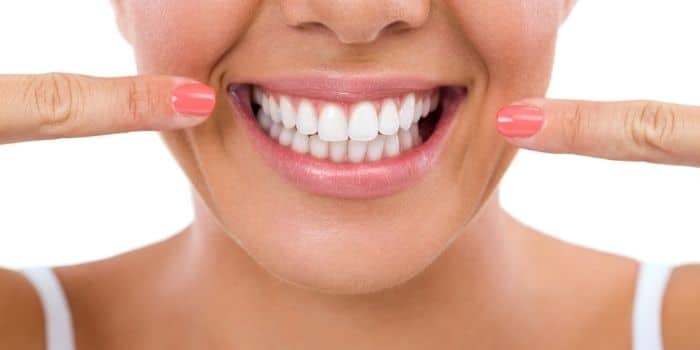Many patients are referred to the orthodontist by their dentist because of their “bite”. Often when they arrive in our office however, they are confused because they are already happy with the appearance of their smile. What does an ideal bite really look like?
The best way to describe a healthy bite it is by looking at it from three different views. Let’s start from the front.
With teeth closed together, about one half to two thirds of the length of the bottom teeth should be visible. If the upper incisors cover too much of the lower teeth, this is called a deep bite. If the upper teeth do not overlap the lower ones enough, then you have an open bite. In an ideal bite, the upper arch is slightly wider than the lower.
If the upper arch is too narrow (or too wide) such that the teeth “cross over” the lower ones in either direction, the condition is called a crossbite. Another important relationship of the upper and lower arches with each other and with the face is the position of the midlines (the line between the central incisors). The upper midline should line up with the middle of the upper lip. The lower midline should line up with the top one.
The second view that most patients look at is the top of the bottom set of teeth (looking down on them in a mirror). From this view, all of the teeth should be aligned in a flowing curve shaped like the famous St. Louis Arch. They should all be touching each other with no overlapping or spacing between them. The upper arch is harder for patients to see, but it should also be well aligned with no spaces or overlapping.
The most difficult view for patients to see is the one from the side. The best way to describe the ideal relationship from this perspective is a set of matching gears. The cusps or pointed ends of the top teeth should fit perfectly between two teeth in the bottom. The backs of the upper front teeth should rest in gentle contact with the fronts of the lower ones.
This means that the upper teeth are in front of the lowers when the bite is closed. The edges of the upper teeth should not bite directly on the edges of the lower incisors or behind them (known as an underbite). Neither should the upper teeth stick out too far in front of the lower ones so that there is no contact. This is what is commonly referred to as an “overbite.”
When we evaluate a bite, we look at the patient from the front to get a general idea of where their teeth are positioned between their lips. Are they too long, too short, or just the right length? Is the bite open, too deep, or overlapping just the right amount?
Is the upper arch slightly wider than the lower and do the midlines correspond? From the top (or occlusal) view, are the teeth well aligned and resting next to each other without spaces or overlapping?
Do the back teeth mesh together and do the top front teeth lie correctly against the front of the lower ones? If any of these relationships are not as described, there are probably issues with the size, shape, or position of the teeth or jaws that can and should be addressed through orthodontic treatment.




